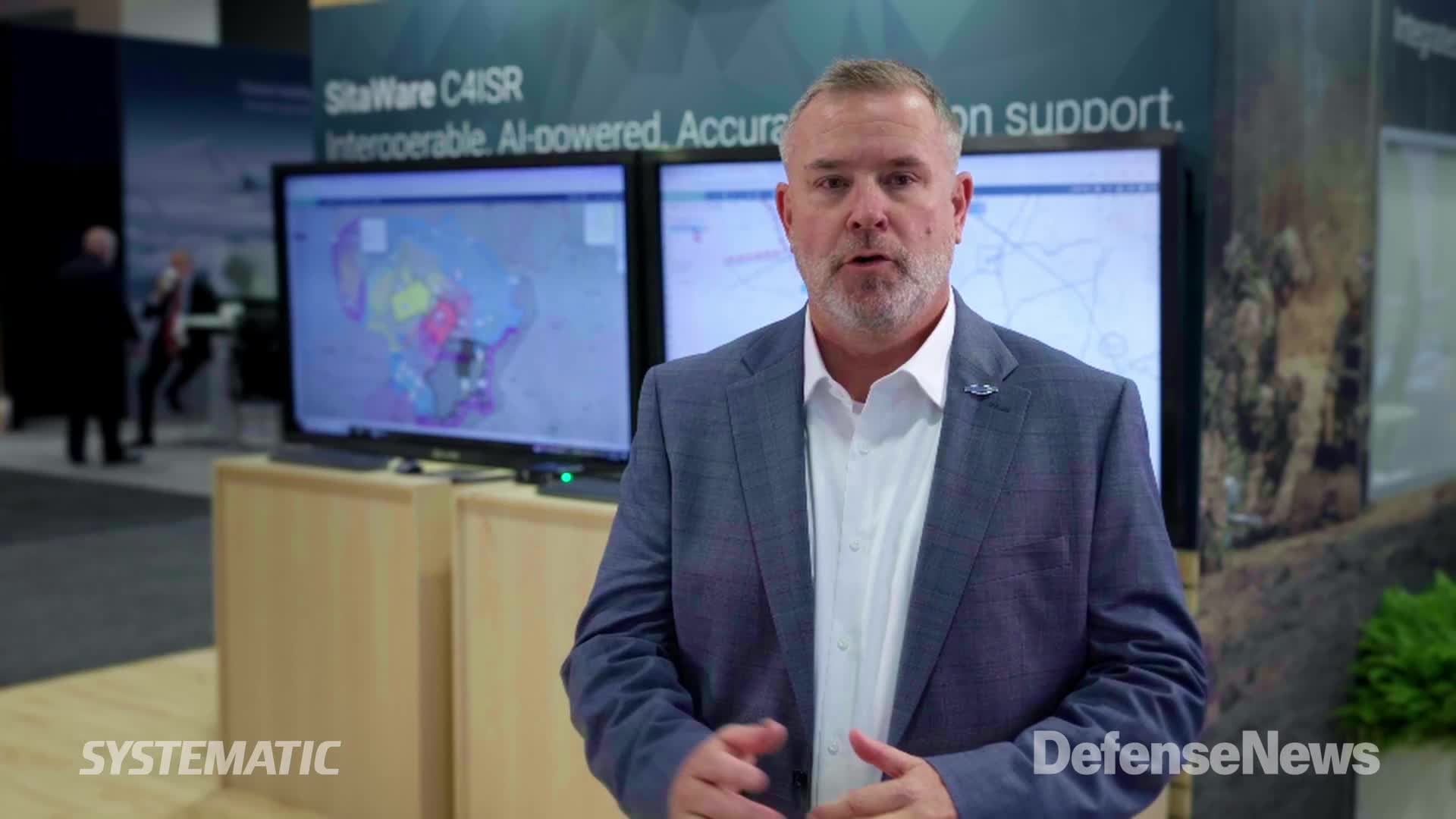JERUSALEM — Rafael Advanced Defense Systems has announced plans to unveil this month a new air-launched missile that can operate at a standoff range of up to 300 kilometers (186 miles).
The Ice Breaker, which the Israeli company said will make its public debut at the July 18-22 Farnborough Airshow, is part of a missile family that includes the Sea Breaker, unveiled last year.
“The program is a multiservice, long-range-type missile. A year ago we were under a security embargo and we could only release [details of] the Sea Breaker derivative. Now we can show the whole ballgame. It’s a multiservice missile, [an] air, ground and naval solution [that] can attack targets at land and sea,” a Rafael official told Defense News on the condition of anonymity for security reasons.
The Ice Breaker missile is said to be capable of low trajectories, feature low-observable qualities — or stealth technology — and can function autonomously or in a man-in-the-loop mode. The official said the fifth-generation weapon can launch from a variety of aircraft and helicopters, specifically citing the Puma helo as well as the Gripen, FA-50, M-346 and F-16 jets. The Gripen can carry six Ice Breaker missiles, and the F-16 can carry seven, he added.
The missile can also launch from the ground with a booster and cannister.
“Another couple of key parameters is that it is GPS-independent, for single or salvo attack. It’s a kind of low-observable type of configuration with full compatibility [with other Rafael systems]. For instance, if you use Spice 1000, then you can use Ice Breaker. It’s unique to get this range and 350-kilogram [overall weight] and low trajectory,” the official said.
The company said in a statement that the missile uses artificial intelligence, deep-learning technology, and “big data based scene-matching, enabling Automatic Target Acquisition (ATA) and Automatic Target Recognition (ATR).”
The Rafael official said the missile is nearing full-scale development and that the company has spoke with customers on three different continents regarding potential contracts, though he would not provide a cost for the weapon. The company would also not identify potential customers but did note the system is optimized for deep-strike arenas. With the war in Ukraine overshadowing recent defense confabs, and security threats still an issue in the Middle East, Rafael said it’s seeing interest from Europe and elsewhere.
The company unveiled a sixth-generation, non-line-of-sight weapon at Eurosatory earlier this year. In contrast the official noted, the Ice Breaker is a different type of capability. “It’s a different size of warhead and CONOPS [concept of operations], it’s special ops-type CONOPs to penetrate deep arenas in ways the other side can’t stop it or identify when you attack.”
He added that the Ice Breaker can operate in denied environments, resisting jamming attempts to hit stationary or moving targets, and features independent navigation and guidance technology. “It has directional multi-target and data link and man-in-the-loop abilities, even though it is autonomous.”
A company statement said the missile flies at high subsonic speeds with a “multi-directional, synchronized full sphere attack capability, based on predefined attack plans, according to waypoints, azimuth, impact angle and aim-point selection.”
The missile’s unveiling comes as U.S. President Joe Biden visits Israel and Saudi Arabia, where he will observe several Israeli-developed systems such as Iron Dome, David’s Sling, Arrow and the new Iron Beam laser weapon. Rafael developed Iron Dome and Iron Beam.
Israel’s defense minister recently highlighted the country’s increasing defense industry sales in the Middle East in a speech earlier this month. However, when asked about potential contracts with Gulf nations, Rafael would not comment.
Seth J. Frantzman is the Israel correspondent for Defense News. He has covered conflict in the Mideast since 2010 for different publications. He has experience covering the international coalition against the Islamic State group in Iraq and Syria, and he is a co-founder and executive director of the Middle East Center for Reporting and Analysis.








